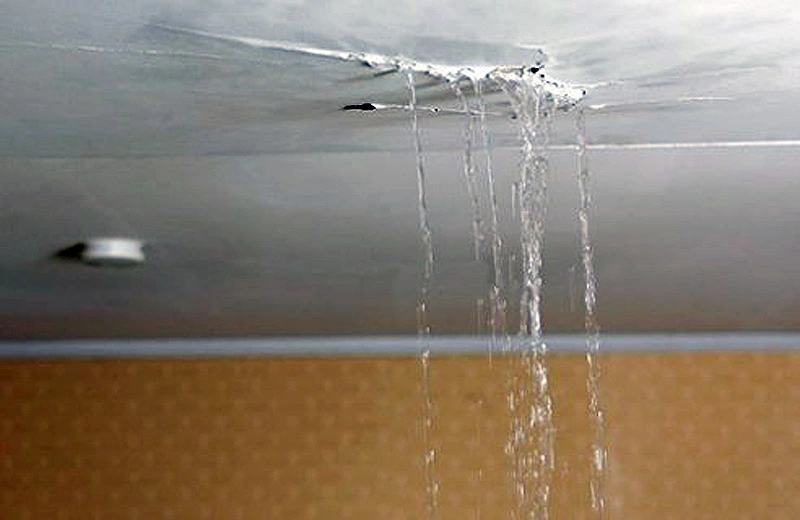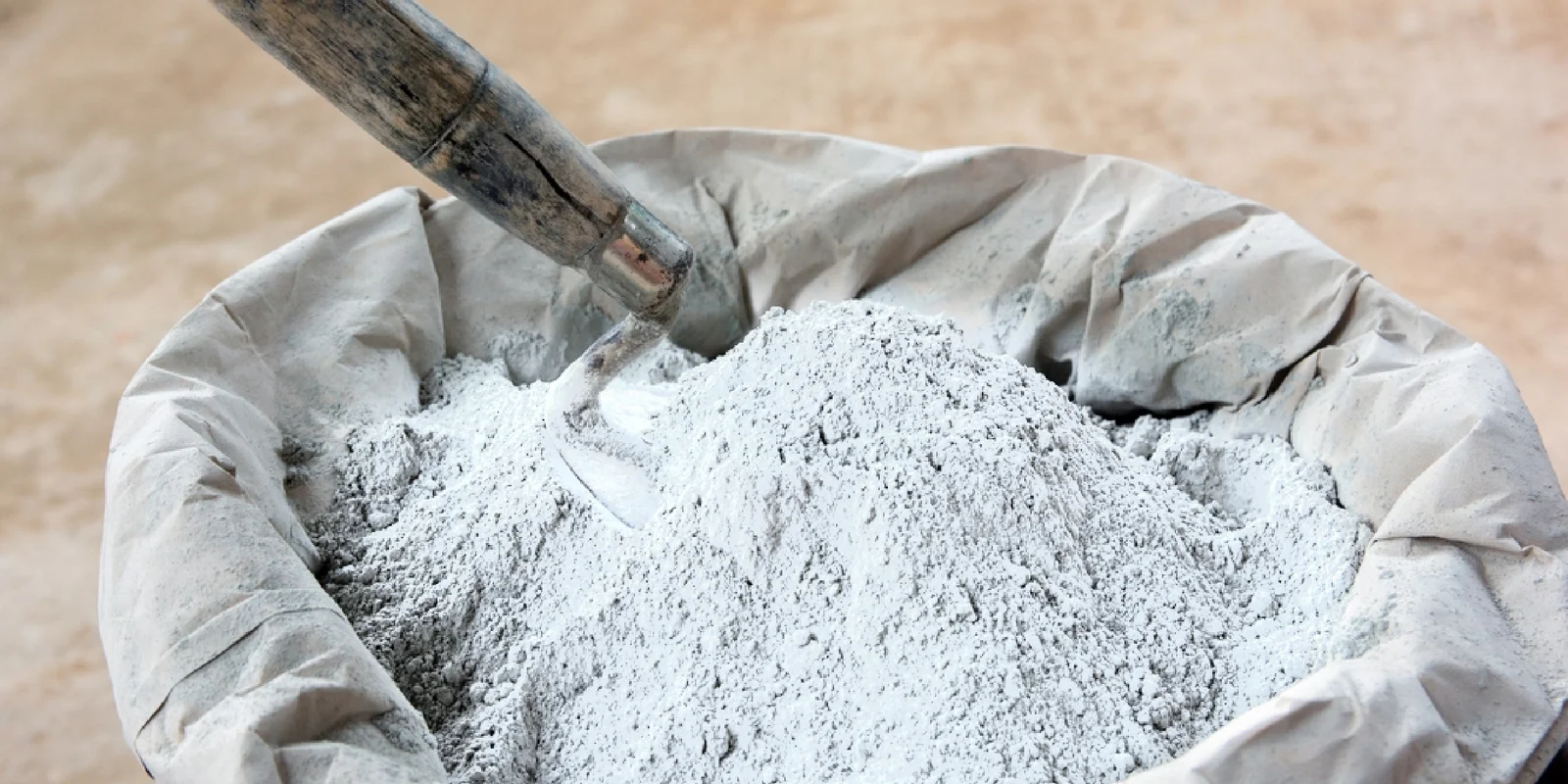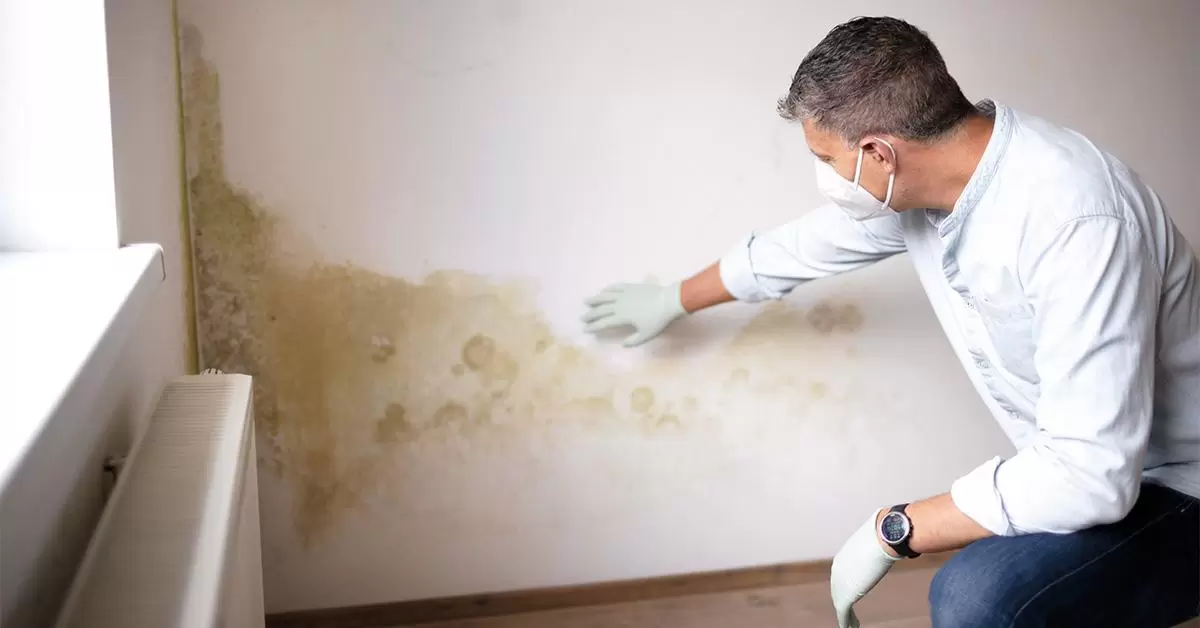Table of Content
Homeowners often express concern about potential water leaks from their roofs in an effort to protect their properties. A leaky roof can lead to various issues, including compromised structural integrity, mold growth, and damage to personal belongings. Understanding the diverse sources of roof leaks is crucial for effective mitigation and remediation. Factors such as broken or missing roof shingles, clogged gutters, and malfunctioning skylights can make a roof more susceptible to water infiltration. In this comprehensive guide, we will explore common causes of roof leaks, preventive measures, warning signs, and practical waterproofing solutions to ensure a dry and secure home environment.
Causes
Water leakage from roofs can be attributed to various factors, with some of the common causes being:
Broken or missing roof shingles
The vulnerability of the roof structure and underlayment increases when roof shingles, serving as a protective barrier, are damaged or absent. Gaps or cracks in the shingles create opportunities for water to penetrate the roof, potentially leading to leaks. Various factors, including age-related wear and tear, severe weather conditions, or inadequate initial installation, can contribute to this vulnerability. Regular inspections and the prompt replacement of damaged shingles are essential to maintain the integrity of the roof and prevent water intrusion.
Also Read: 10 most common electrical problems in your house and how to fix them
Damaged or improperly installed flashing
Flashing is an essential part of a roof’s joint and transition sealing and it’s used to protect protrusions like vents and chimneys. The ability of flashing to stop water seepage is compromised when it is installed incorrectly or sustains damage. Water can enter the roofing system through flashing that corrodes or deteriorates due to weather exposure over time. For protection against roof leaks, flashing must be regularly inspected and maintained. When problems are found, flashing must be repaired quickly.
Blocked gutters
Gutters are essential for diverting precipitation away from the foundation and roof. Water can build up in gutters that are clogged with dirt, leaves, or twigs, which may cause an overflow and possible roof leaks. In addition to putting strain on the gutter system, the weight of the debris-filled water may cause it to pull away from the roofline. To ensure appropriate water drainage and stop water from penetrating the roof, gutter cleaning is crucial, especially before the rainy season.
Improperly installed or damaged skylights and ventilation systems
These elements can serve as entry points for water infiltration. Improperly sealed skylights or vents can allow water to seep through, causing leaks during rain or snowfall. To prevent water intrusion, it is crucial to ensure proper installation and maintenance of these features, coupled with routine inspections. Any identified issues should be promptly addressed, either through repairs or replacements.
Ice dams
In colder regions, ice dams can seriously endanger roofs. When snow on the roof melts and then refreezes close to the eaves, a barrier that obstructs appropriate drainage is created, known as an ice dam. Because of this, water may collect behind the dam and seep into the roof. During the winter, ice dams can be avoided and the risk of roof leaks can be reduced with the help of adequate insulation, ventilation and routine snow removal.
Also Read: How to clean marble surfaces?
How to prevent water leakage?
To safeguard against water leakage from roofs, homeowners can implement the following precautions:
Frequent roof inspections
Arranged roof inspections are a preventative step to find possible weak points and fix them before they become leaks. An expert roof inspection can identify problems like broken shingles, deteriorating flashing, or wear and tear indicators that could jeopardise the structural integrity of the roof. Water intrusion can be avoided by timely repairs made possible by early detection.
Gutter maintenance
Proper gutter maintenance is essential to prevent water accumulation and overflow. Regularly clean gutters by removing leaves, twigs, and debris to ensure unobstructed water flow. Clogged gutters not only impede drainage but can also lead to water pooling on the roof, increasing the risk of leaks. Adequate maintenance and cleaning, especially before the monsoon season, play a crucial role in efficient water management.
Proper ventilation
To keep a dry and healthy roofing system, there must be enough ventilation in the attic. Inadequate ventilation can cause condensation, which over time may worsen the condition of the roof’s components and cause leaks. Maintaining adequate attic ventilation lowers the risk of moisture-related problems by assisting in temperature and humidity regulation.
Also Read: First-time gardeners' suggestions and advice
Early repairs
Any form of damage, regardless of its size, requires prompt attention. This involves repairing compromised flashing, replacing missing or damaged shingles, and addressing any other issues identified during inspections. Postponing repairs can exacerbate problems, increasing the risk of water infiltration and potentially causing more extensive and costly structural damage to the roof.
How to recognise water leakage ?
Recognising the signs of potential water leakage is equally important for homeowners. These signs may include:
Water stains on walls or ceilings
Water stains within a structure may indicate roof leaks. Water leaking through the roof and into the house’s interior is indicated by discoloration or water spots on the walls or ceilings.
Dripping sounds or visible water drips
Leaks are easily identified by audible dripping sounds or visible water drips during or after a downpour. These need to be looked into right away in order to locate and deal with the source.
Also Read: How to prevent asthma in your home.
Growth of mould or mildew
Long-term moisture exposure may be indicated by the growth of mould or mildew on interior walls or in the attic. Leaks in the roof increase humidity, which is a perfect environment for the growth of mould.
Drooping or bowed ceilings
Visibly drooping or bowed ceilings are a major indicator that there has been water damage. This suggests that water has damaged the ceiling material and gotten inside the roof structure.
Unexpected rise in utility bills
Roof leaks can lead to damaged insulation, causing an increase in energy expenses. Homeowners should pay attention to unexpected rises in heating or cooling costs, as they could indicate an underlying roofing issue.
Peeling paint or wallpaper
Paint or wallpaper can come off as a result of moisture leaking into the walls. Peeling is an obvious indicator that subsurface water damage exists and has to be fixed.
Homeowners can preserve a waterproof and resilient roof, guaranteeing the longevity and structural integrity of their properties, by adopting these precautions and swiftly attending to any detected indications of water leakage.
Waterproofing solutions
Water leaks can be effectively prevented or addressed by homeowners by taking into consideration the following waterproofing solutions:
Roof coatings
Using waterproof roof coatings strengthens the roof’s resistance to water penetration by forming a protective layer on the surface.
Repair or replace flashing
To stop leaks, flashing around roof penetrations like vents and chimneys must be installed correctly and maintained on a regular basis.
Gutter guards
By preventing debris accumulation, gutter guards ensure that water runs off the roof and that gutters operate as best they can.
Sealing roof penetrations
Water frequently enters homes through gaps near vents, chimneys and other penetrations. By using the right materials to seal these gaps, water intrusion can be avoided.
Tips to care for roof water leakage
In order to keep your roof leak-free and take care of any potential problems, homeowners should do the following:
Timely repairs
To avoid problems getting worse and causing more extensive damage, take immediate action to fix any signs of roof damage.
Professional inspections
To find and fix any potential vulnerabilities, schedule routine professional roof inspections, particularly following extreme weather events.
Regular maintenance
To keep the roof in top shape, carry out regular maintenance chores including clearing debris from the gutters, cleaning the gutters and pruning any overhanging branches.
Proactive waterproofing
To improve the roof’s waterproofing qualities and lengthen its lifespan, take proactive steps like applying sealants or coatings.
Technological developments in roofing
Smart roofing systems integrate sensors and technology to monitor and identify possible problems in real time, giving homeowners proactive alerts and useful information.
Eco-friendly roofing materials
As environmental consciousness has grown, so has the use of sustainable and eco-friendly roofing materials like solar tiles and recycled materials.
Cool roofs
Applying reflective roofing materials is aimed at reducing heat absorption and energy consumption, thereby improving home climate control and energy efficiency.
Water leaks from roofs pose a serious threat to the structural integrity of homes. Homeowners can safeguard their assets from potential damage by understanding the causes, exercising caution, and implementing effective waterproofing solutions. Maintaining a waterproof roof requires timely repairs, regular inspections, and awareness of emerging roofing technologies.
Also Read: How to create a vertical garden in small spaces?







_1767854635.webp)

_1767769068.webp)


Ans 1. It's advisable to schedule a roof inspection annually, ideally before and after the rainy season. Furthermore, it's important to conduct inspections following extreme weather occurrences such as storms or heavy snowfall.
Ans 2. While there are some DIY waterproofing products available, it is generally advisable to hire a professional for the application of waterproof coatings. Professionals have the expertise to ensure proper coverage and adherence to safety standards.
Ans 3. Eco-friendly roofing materials, such as solar panels or cool roof options, offer benefits like energy efficiency, reduced environmental impact and potential cost savings on energy bills.
Ans 4. Are smart roofing systems worth the investment?
Ans 5. Yes, clogged gutters can lead to water overflow, which can damage the roof and lead to leaks. Regular gutter maintenance is crucial in preventing this issue.
Ans 6. Look for signs such as missing or damaged shingles, dents on metal roofing, or water stains on ceilings. If you're unsure, it's best to have a professional roof inspection.
Ans 7. Many roofing contractors offer financing options for repairs or waterproofing projects. It's recommended to inquire with local contractors about available financing plans.
Ans 8. Early signs of a potential roof leak include musty odours, the presence of mould in the attic, or unexplained increases in your utility bills. Regularly inspecting the attic and ceilings for these signs can help you detect leaks before visible damage occurs.
Ans 9. While homeowners can perform visual inspections, it's advisable to have a professional roofing contractor conduct a thorough examination, especially after severe weather events. Professionals have the expertise to identify subtle issues that might be overlooked.
Ans 10. Yes, eco-friendly options exist for waterproofing roofs. Some environmentally conscious choices include water-based sealants, recycled rubber roofing materials and green roof systems that incorporate vegetation. These options provide effective waterproofing while minimising environmental impact.